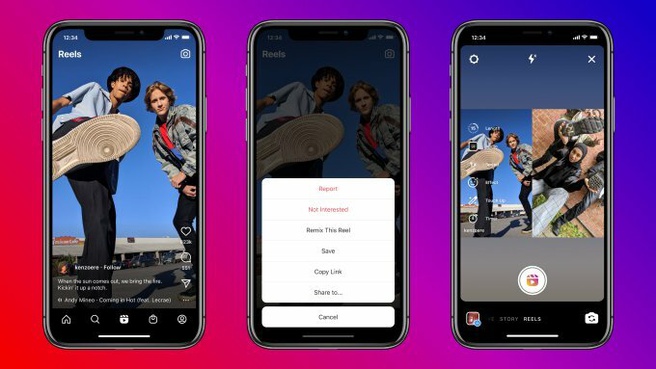
Pikachu as an Olympics mascot? A Colonel Kentucky skin in Fall Guys? Sonic being part of a Disney movie? The evolution of videogames in the last forty years has made them a key element of world culture.
We want you in the game.
You would hardly wear a white uniform and a racket to play Pong. The heart of gaming is in creating experiences that transfer users to a different world, whether you land in Hyrule or Bowerstone, the journey ends when you look beyond the screen or press the off button.
The boundary between game and reality is present all the time: you are sitting in a chair and not clad in your sorcerer armor as you ride Roach, how can we make the real and the virtual converge? Games like Pokemon Go have taken advantage of Augmented Reality (AR) technologies to reduce this gap and bring the elements of the game to everyday life, while titles like No Man’s Sky take the gamer to a new universe thanks to Virtual Reality (VR) .
As innovations in VR / AR mature, we will start to see more bets on these solutions. In the PC gaming segment we can also find products and peripherals that encourage that feeling of isolation from the tangible world, from noise-canceling headphones to curved screens that seek to generate that feeling of immersion for gamers.
This trend will be reflected on a multiplatform scale, requiring more defined graphics that make you feel in the game, seeking to create the most realistic experience possible, for which greater processing power will be needed by the systems, both for the development of the titles as for their execution.
We are all Luigi.
Gone is the reign of Player One, with the boom in connectivity, multiplayer games reached a new level. You start Fortnite and you could be playing as a Taiwanese woman, a Brazilian child, or a Russian teenager, be it in a competitive match, teaming up to save the world, or hanging out together in creative mode.
To enable smooth gameplay, network capacity plays a key role, but the weight of the files being transferred also plays a role. This has led to games with seemingly simple visuals becoming popular, where efficient communication is prioritized over image quality, such as Among Us.
We have also seen such dynamics in other popular titles, such as Minecraft, where using graphics that resemble 8-bit visualization empowers the user to create their own world and share it with others, instead of immersing themselves in someone else’s.
We can expect two scenarios: the migration to more sophisticated graphics as the network infrastructure is modernized, or the massification of “casual” titles (in many cases from independent studies) in which collaboration is the cornerstone of their gameplay.
What you want, when you want.
Exclusive war? No more. The gaming industry is turning around major studio and system launches to usher in the next era: gaming as a service. With the arrival of on-demand services such as Amazon Luna, Google Arcadia or Xbox Game Pass, users will have access to a wide library of titles under a pay-per-use model, emulating the Netflix effect.
This would also imply a substantial adjustment for development studies. In a scheme where volume is a differentiator, platforms will have to form a closer relationship with creators and inject a good amount of capital to have a constant source of titles.
With this, the line between platforms would also become increasingly blurred, which would also push a technological homologation between PC and consoles that would imply a big enough challenge to keep mobile devices in contention.
The video game industry has established itself as a middle point between entertainment and technology, taking great advantage of the advances of the latter to offer increasingly advanced experiences that connect the user with other people and also allow them to explore other realities.
Today more than ever, people have power over the content they consume and the way they consume it, and the world of gaming is no exception. Titles have gone from being interactive animations to full collaborative universes, but what’s next? It is important to look ahead, where within all the things that are transforming the world of video games, the role of the user as creator is taking its place as one of the most important.
As titles and gameplay evolve, the computer graphics and processing engines that power gaming systems, whether on consoles, PCs or mobiles, will also have to make a substantial leap to meet the demands of gamers and maintain innovation and freshness that have made the games a memorable element.











